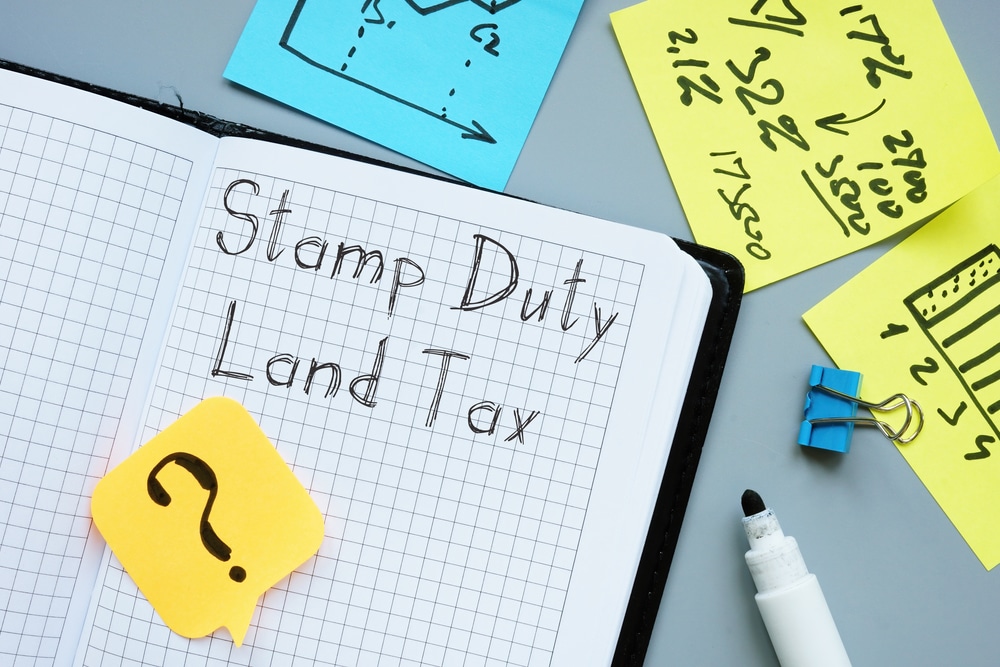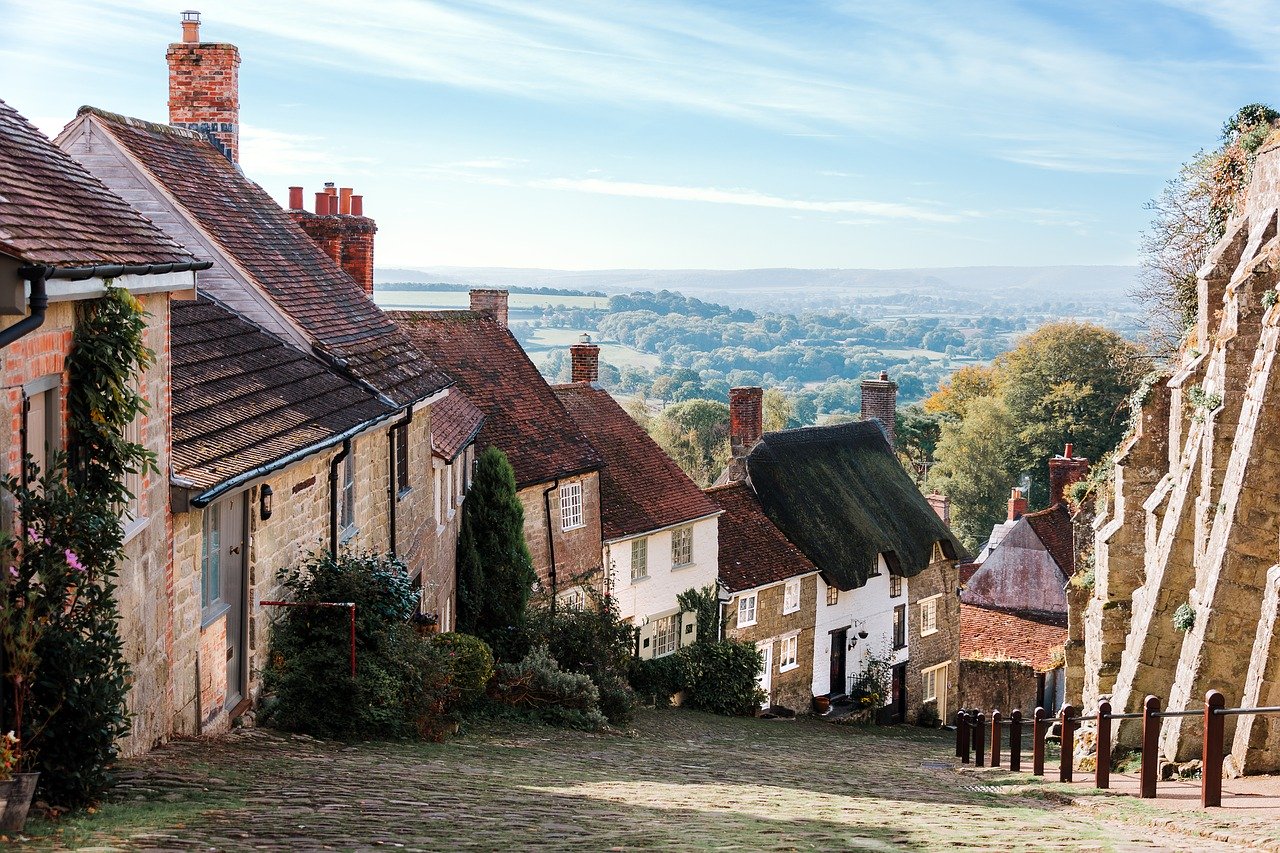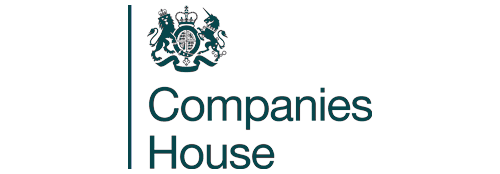Are you considering investing in a buy-to-let property in the UK, but unsure whether you need to pay stamp duty? You’re not alone.
The rules surrounding stamp duty on buy-to-let properties have been the subject of much debate in recent years, causing confusion for many potential investors.
But fear not, we’ve got all of the information you need to know about stamp duty on buy to let properties in 2023. From an overview of the current regulations to how to calculate stamp duty on your buy-to-let property, we’ve got you covered.
Keep reading to ensure you’re making an informed decision before investing in a buy-to-let property.
Is Stamp Duty Still Payable on Buy-To-Let?
Stamp duty is a tax that is levied on the purchase of properties in the UK. It is payable by the buyer and the amount charged is based on the value of the property.
Buy-to-let properties are not exempt from stamp duty, and as such, landlords who buy properties to let out to tenants are still required to pay stamp duty.
The rates for stamp duty on buy-to-let properties are different from those for properties that are bought to be used as a primary residence. The rates for buy-to-let properties are higher, and they are based on the value of the property. More often than not, you are purchasing a buy-to-let property as a second property, and this results in an “additional property” stamp duty surcharge. In England, this is set at 3% on top of the current rates.
Do Buy-to-Let Stamp Duty rates vary in different UK countries?
The stamp duty rates for buy-to-let properties vary in different UK countries.
If you’re buying an additional buy-to-let property in England or Northern Ireland, you’ll essentially pay a 3% surcharge on each of the standard stamp duty tiers. These rates are as follows:
- 0-£250,000: 3%
- £250,001 to £925,000: 8%
- £925,001 to £1.5 million: 13%
- Over £1.5 million: 15%
In Scotland, the rates are as follows:
- £0-£145,000: 6%
- £145,001-£250,000: 8%
- £250,001 to £325,000: 11%
- £325,001 to £750,000: 16%
- Over £750,000: 18%
Are there exceptions to stamp duty on Buy-to-Let?
While stamp duty is almost always payable on buy-to-let properties, there are some exceptions to this rule.
If you’ve never owned a property before and are purchasing a buy-to-let property, you won’t have to pay the buy-to-let stamp duty rates. However, you won’t qualify for the first-time buyer stamp duty exemption/discount either, as you won’t be living in the property.
Instead, first-time buyers purchasing a buy-to-let property will pay standard stamp duty rates.
If you are purchasing a buy-to-let property through a limited company rather than as an individual, you may be eligible for lower rates of stamp duty. This is because the stamp duty rates for companies are different (and lower) from those for individuals. As a result, purchasing a buy-to-let property through a limited company may be a more tax-efficient option for some investors.
It is important for landlords to understand the stamp duty rates that apply to buy-to-let properties, as failure to pay stamp duty can result in penalties and legal action.
How can I calculate how much stamp duty is due?
To calculate the stamp duty due on a buy-to-let property purchase, you will need to consider the purchase price of the property and the current stamp duty rates.
Assuming that you already own a property and are purchasing an additional property for buy-to-let, the stamp duty rates in England are as follows:
- 3% on the first £250,000
- 8% on the portion of the purchase price between £250,001 and £925,000
- 13% on the portion of the purchase price between £925,001 and £1.5 million
- 15% on the portion of the purchase price above £1.5 million
For example, if you were purchasing a buy-to-let property for £600,000, the stamp duty due would be calculated as follows:
- 3% on the first £250,000 = £7,500
- 8% on the portion between £250,001 and £600,000 = £32,000
- Total stamp duty due = £39,500
It is important to note that these rates may change over time, so it is always worth checking the current rates before making a purchase.
Overall, when considering a buy-to-let property purchase, it is important to factor in the stamp duty that may be due. By understanding how to calculate the stamp duty due, you can better plan your investment and ensure that you are fully aware of all costs involved. If you are keen to reduce or avoid stamp duty, then be careful about doing this and seek independent financial advice, so that you comply with all laws and obligations.
There may also be tax implications associated with selling your tenanted property, so it is important that you conduct thorough research on all of these, too.



















